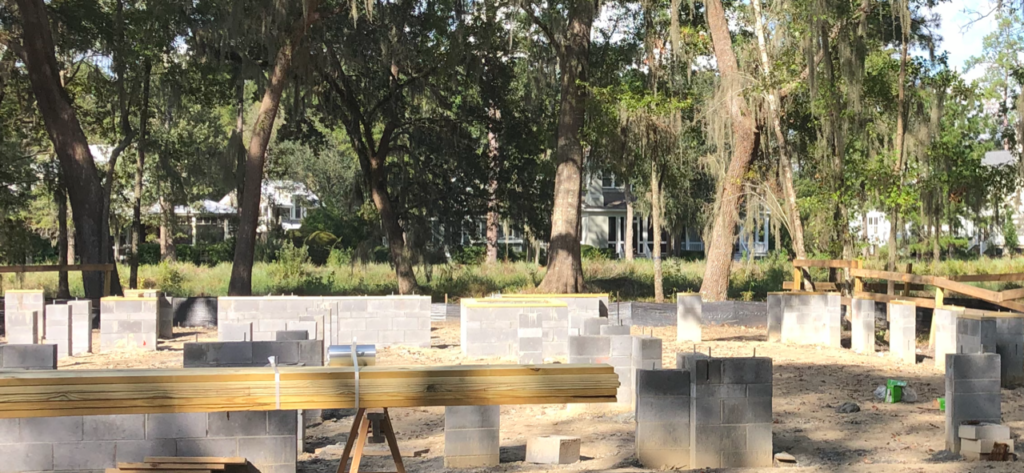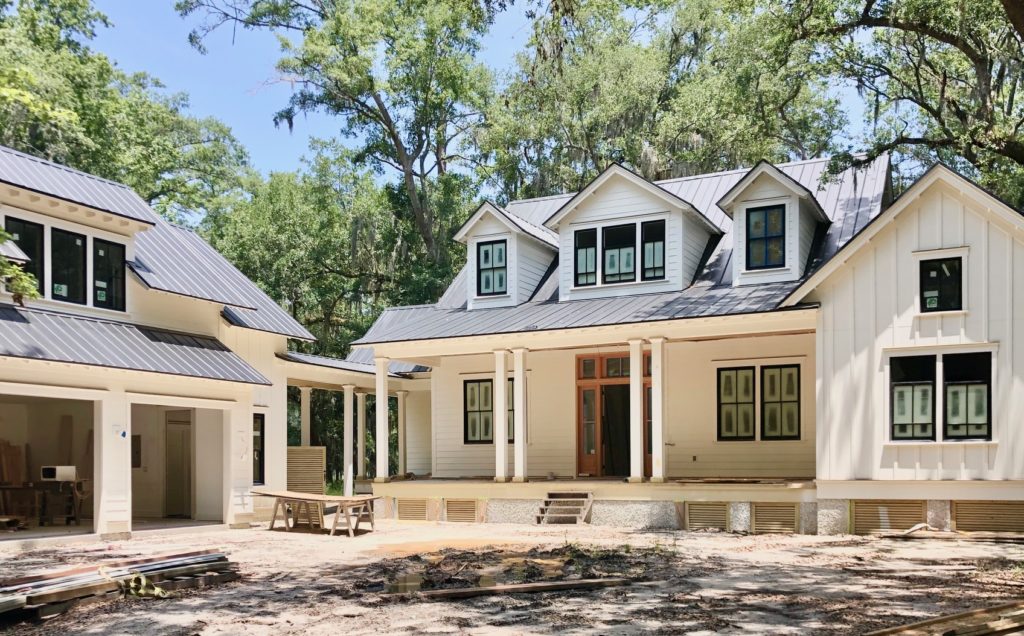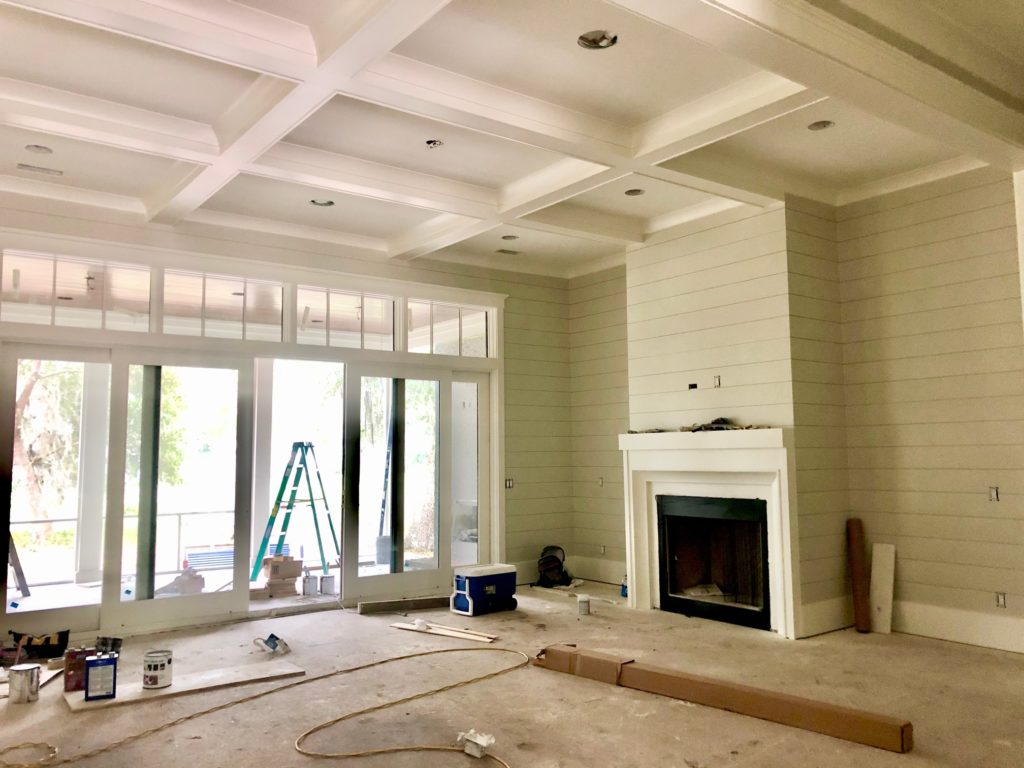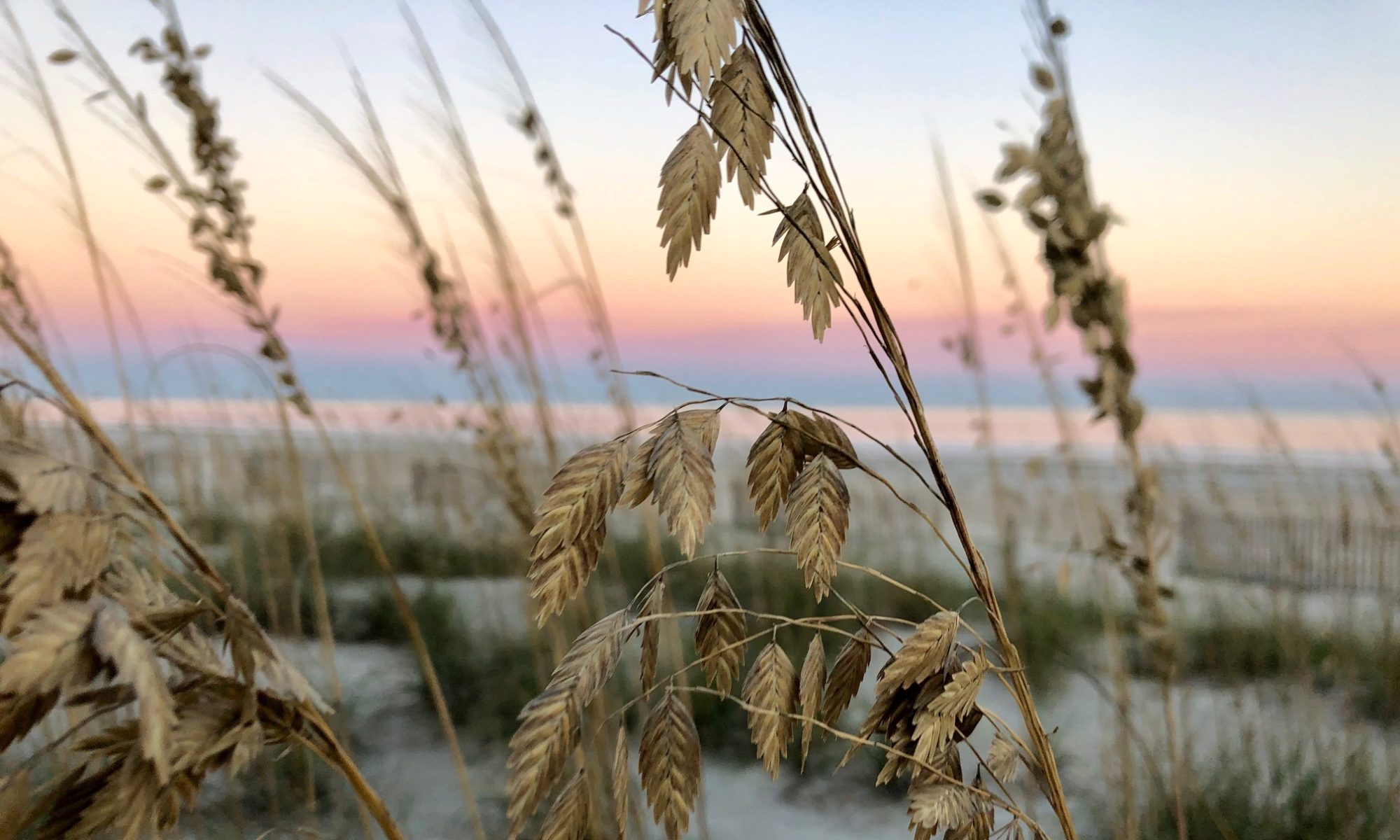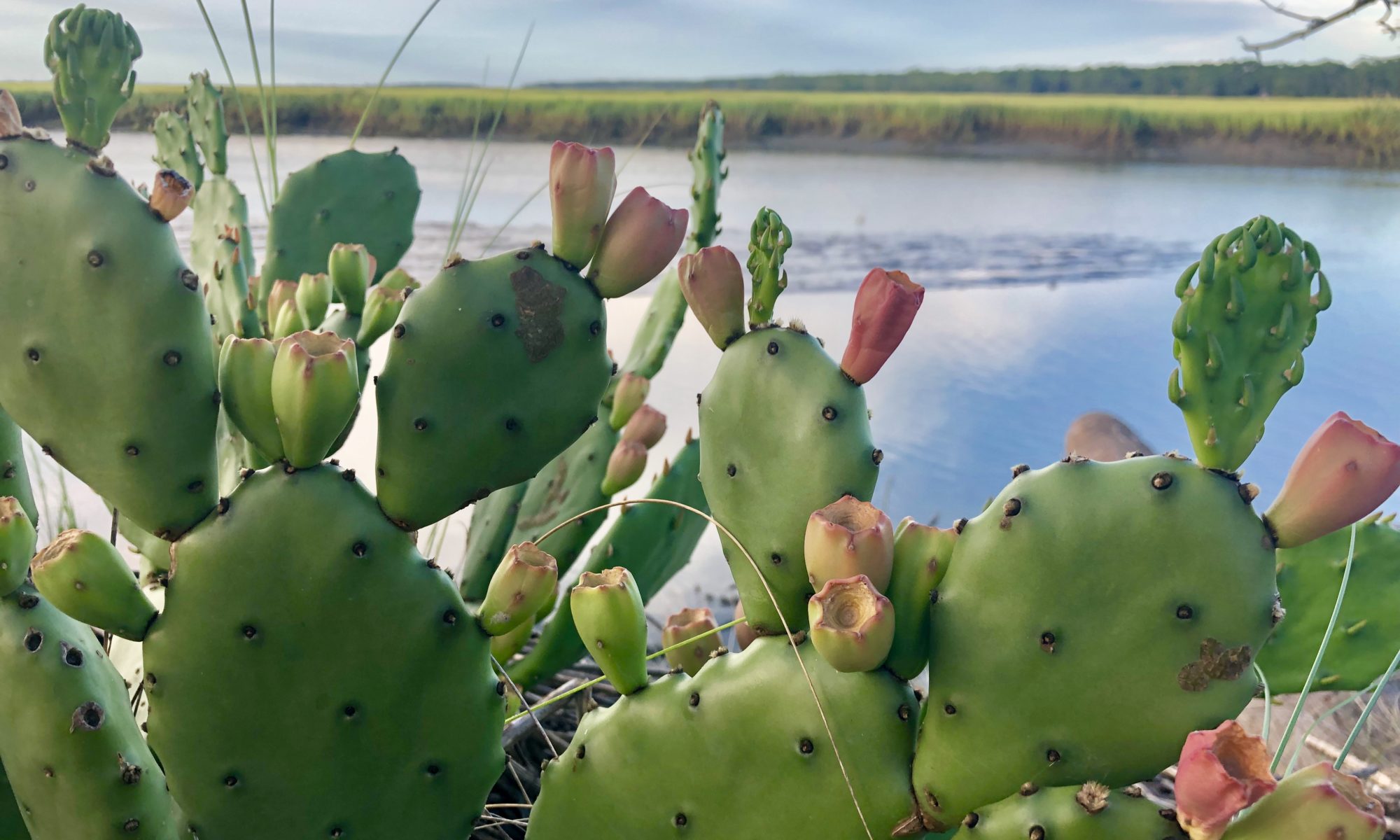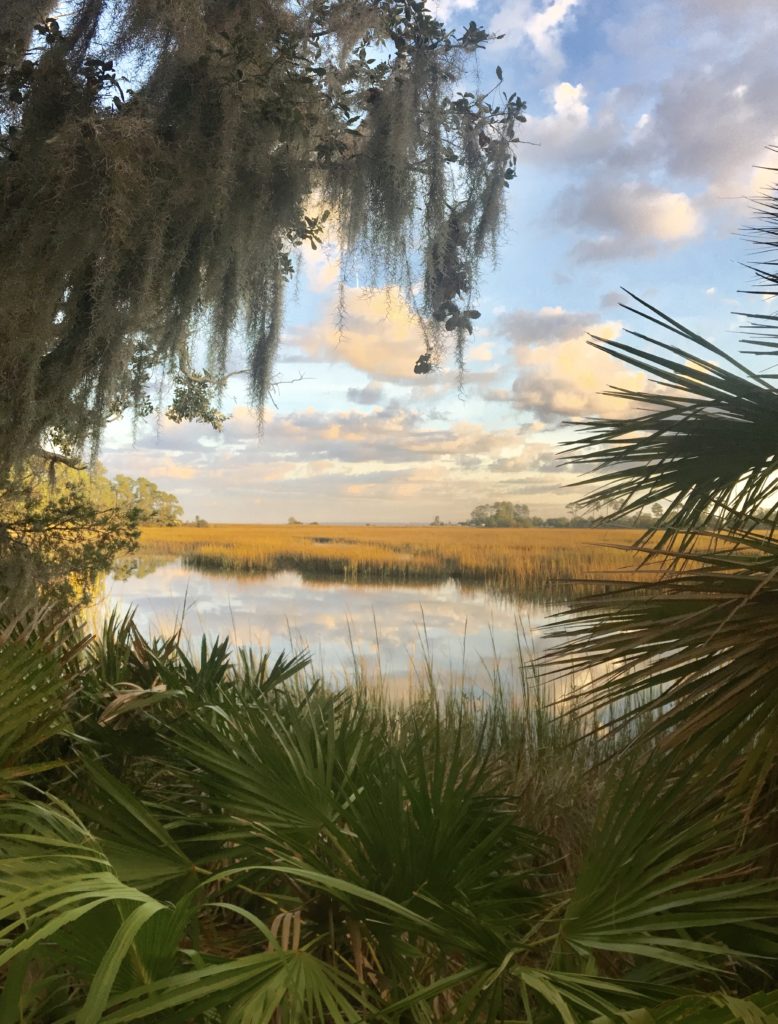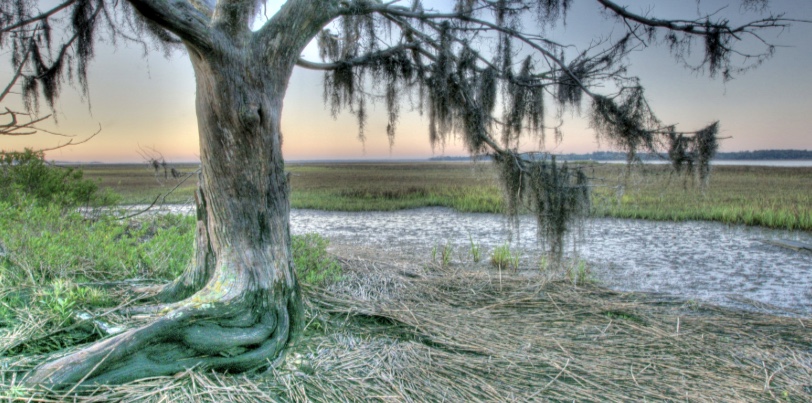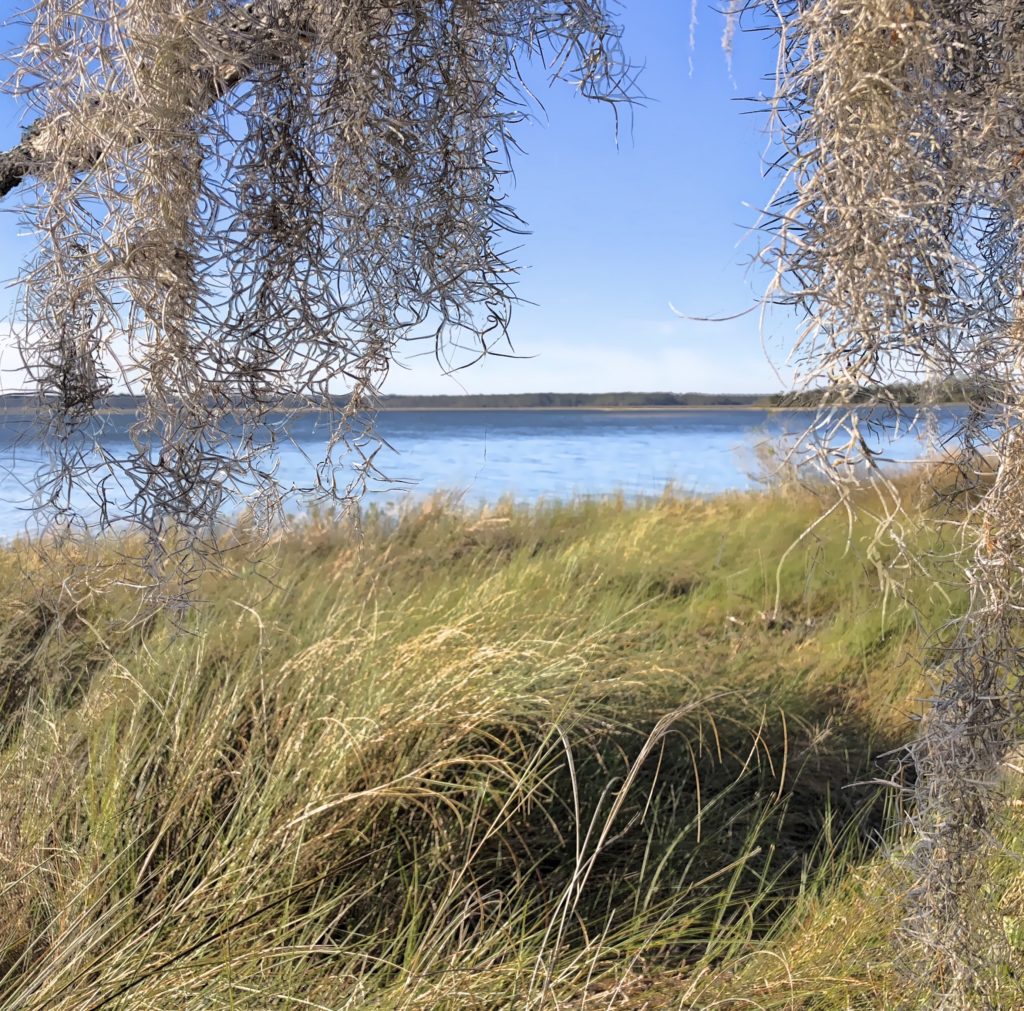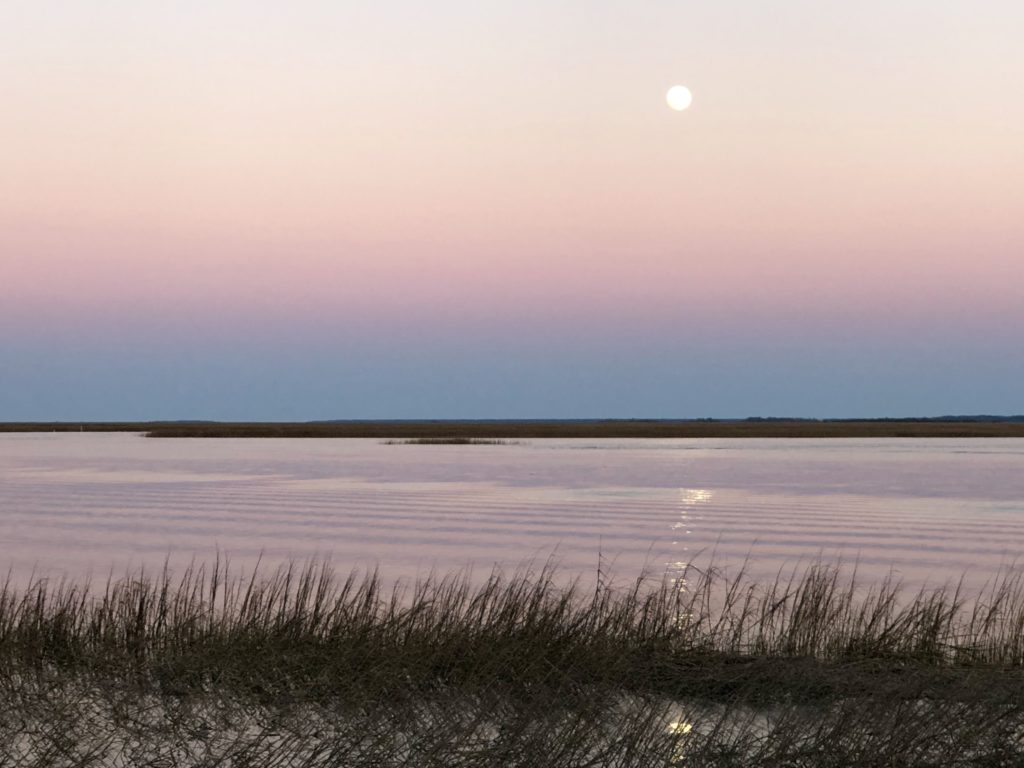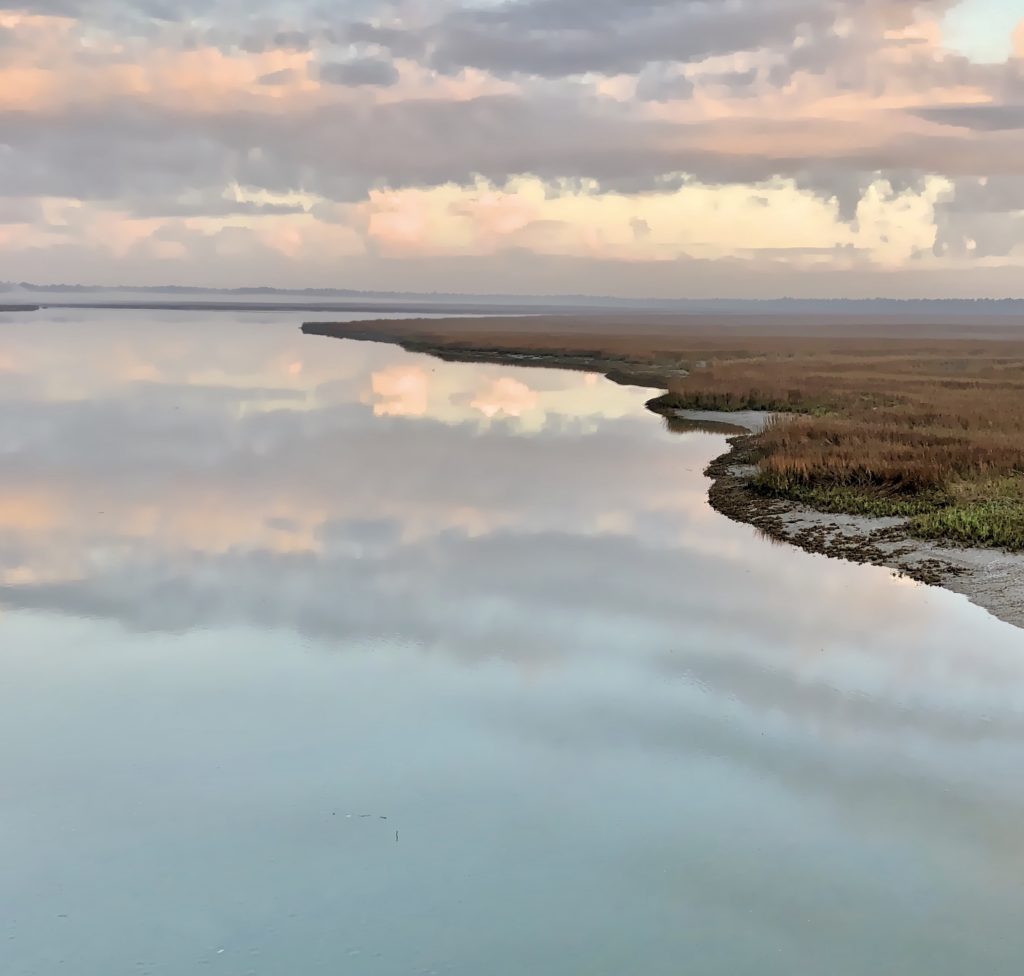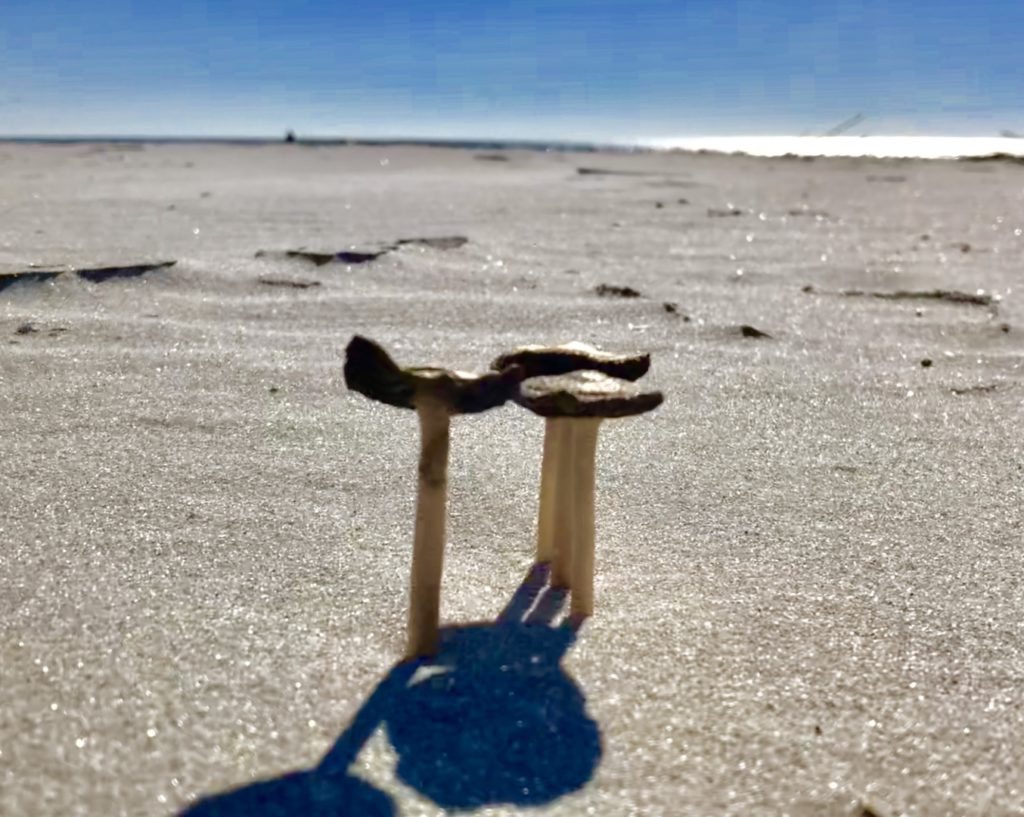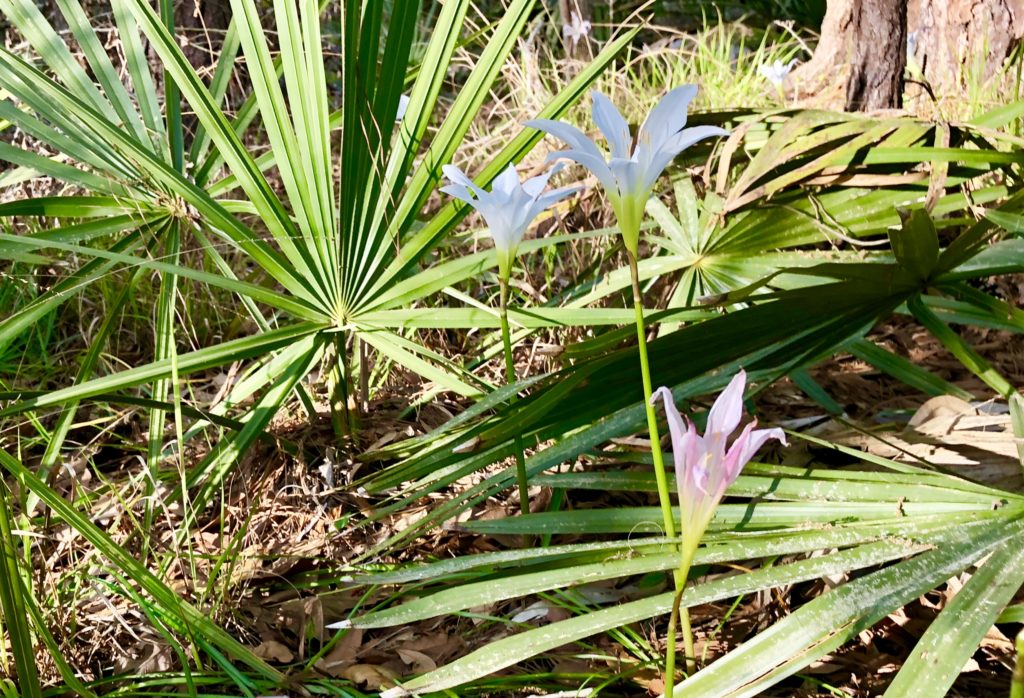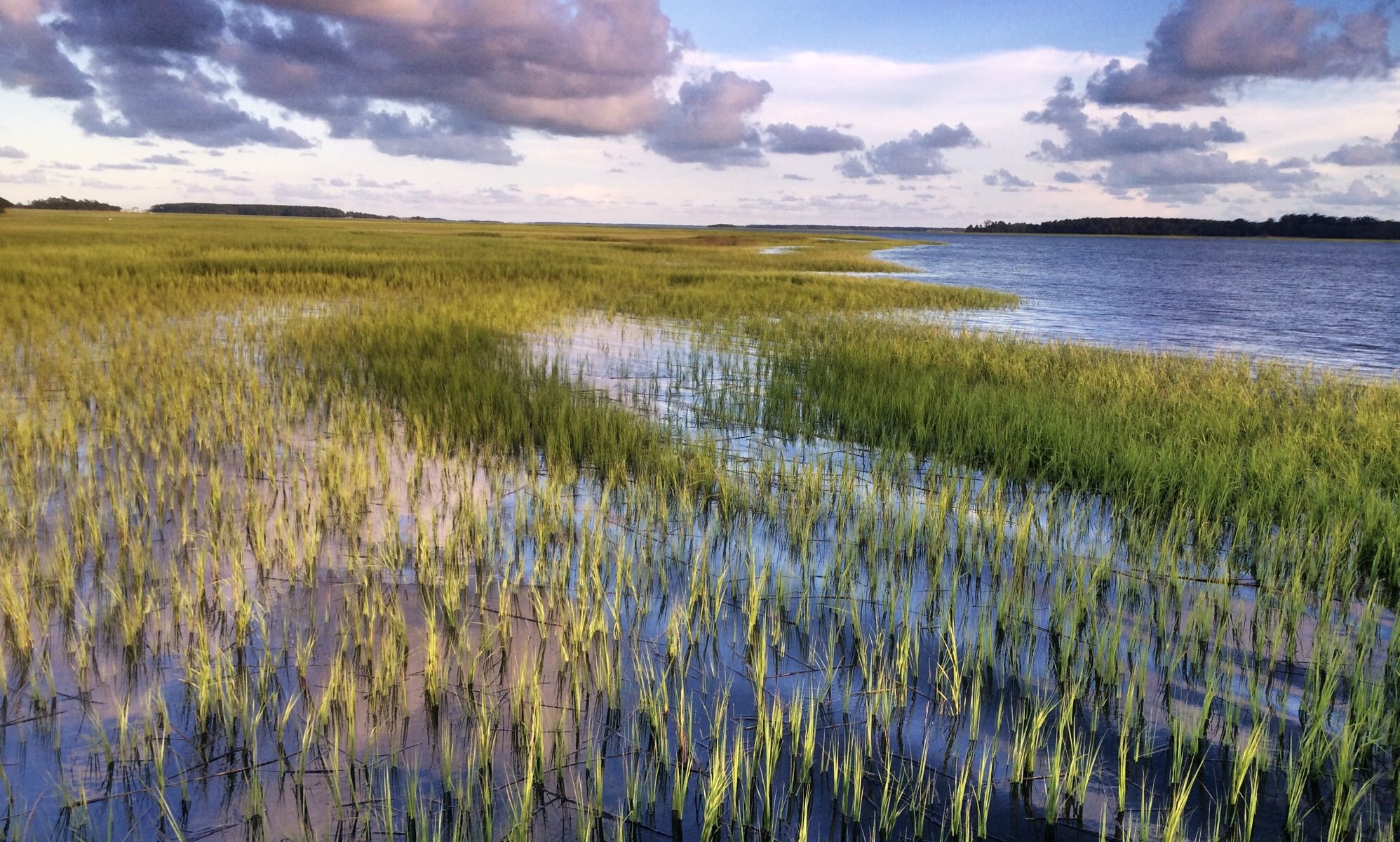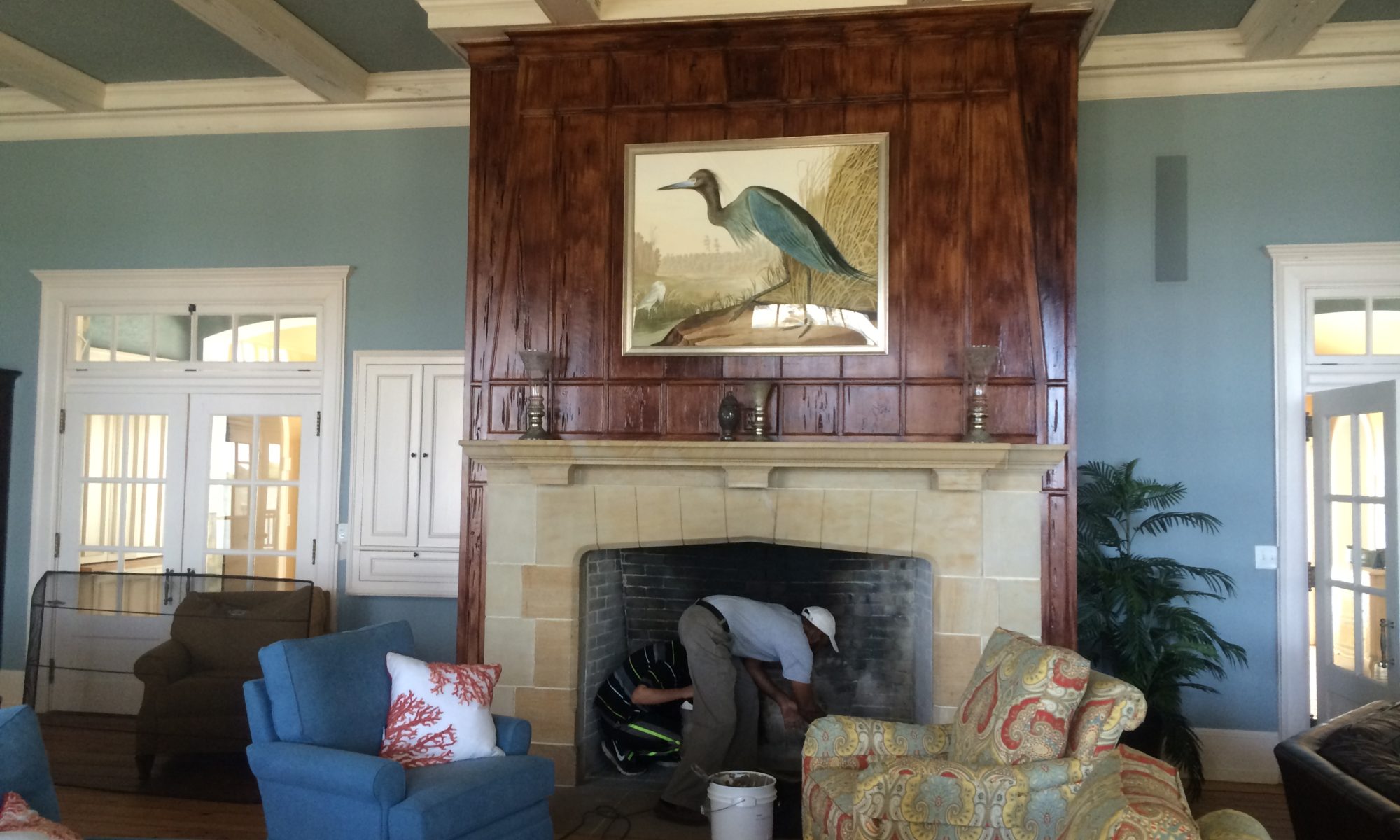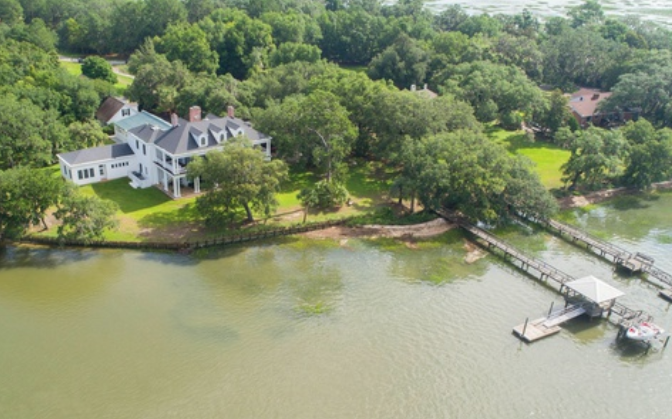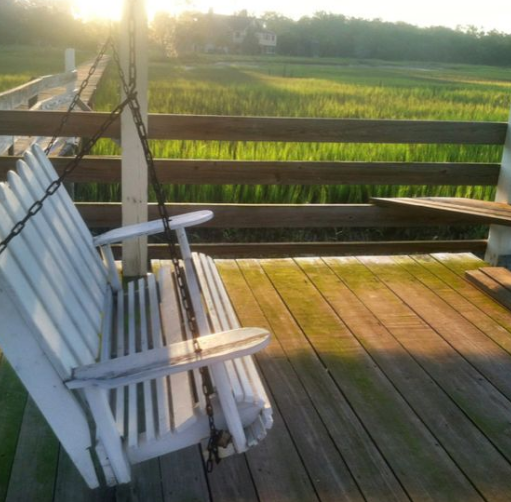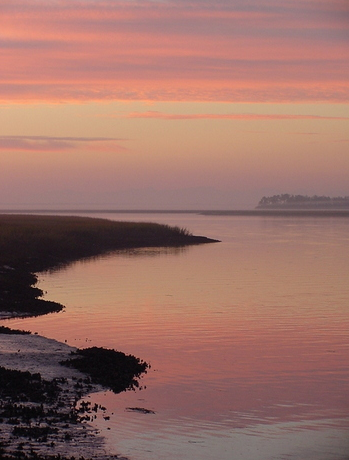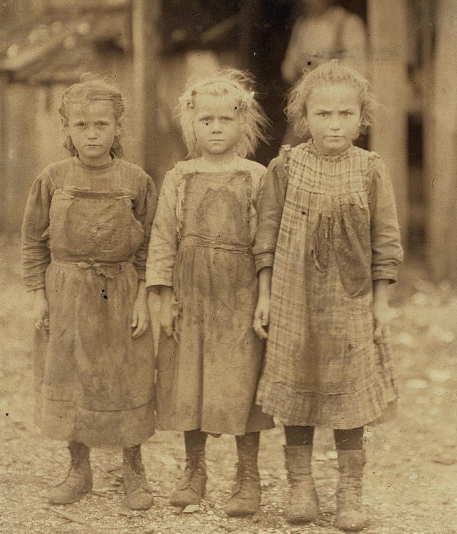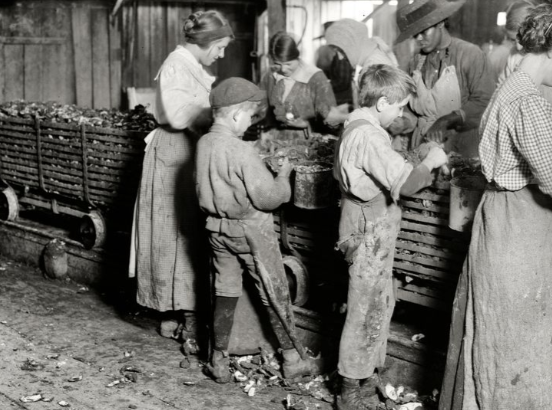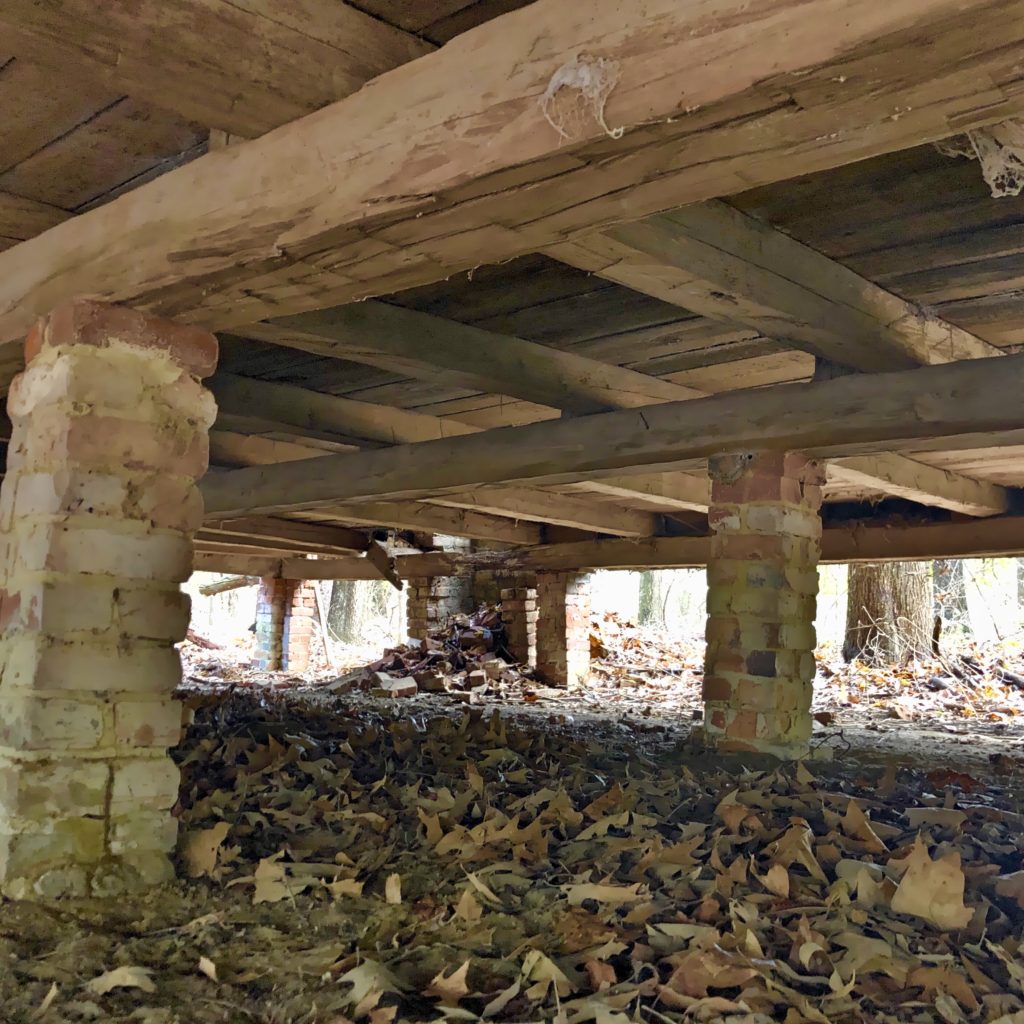
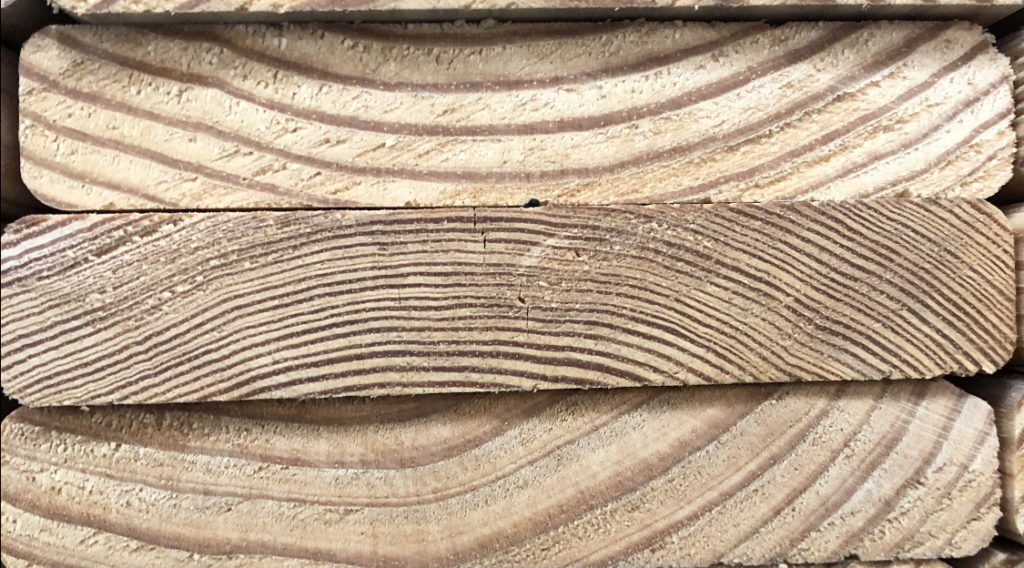
Of the three listed things I look for, the years growth is the most important to me. Notice in the picture the center board has roughly 39 years of growth. The board above it and the one below have less than 10 years. They grew fast and they have more summer (soft) wood. The center board grew in what might have been tough conditions. It could have been poor soil, lack of water, or a high wind area. Either way, it grew slow in the summer and and is comprised of roughly half soft wood (summer growth) and half hard wood (winter growth). It’s a good heavy board that will last. The two other boards are soft and light. They will not last nearly as long as the board that grew under rough conditions.
